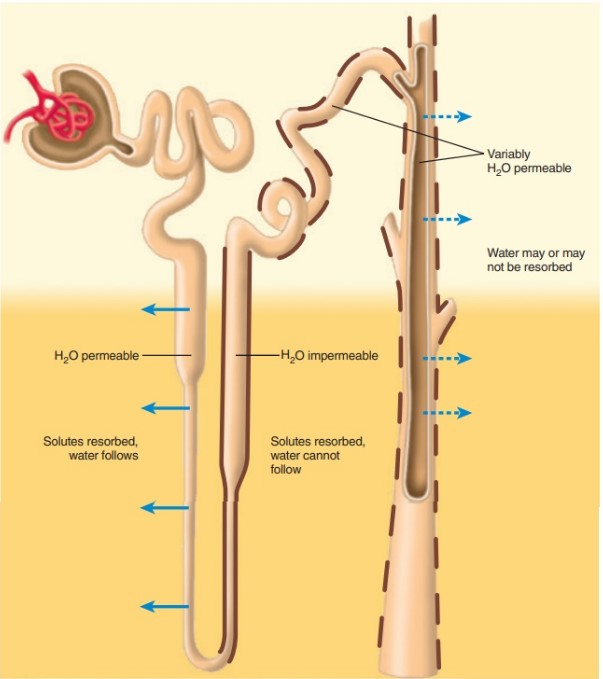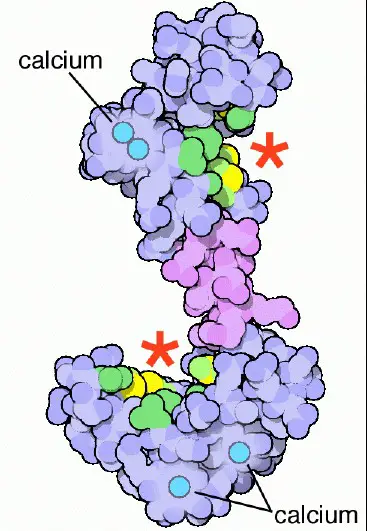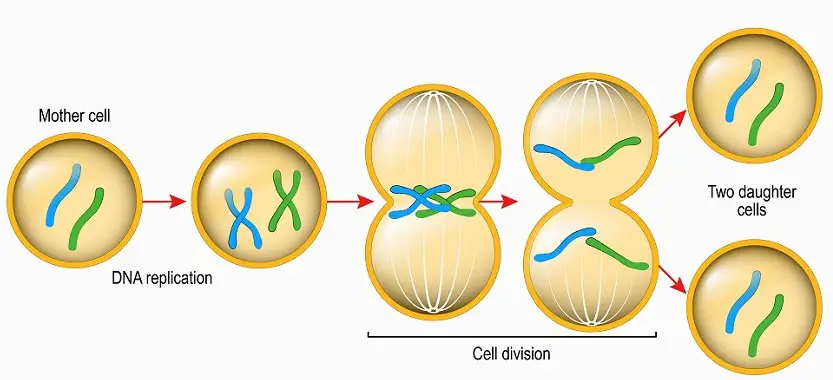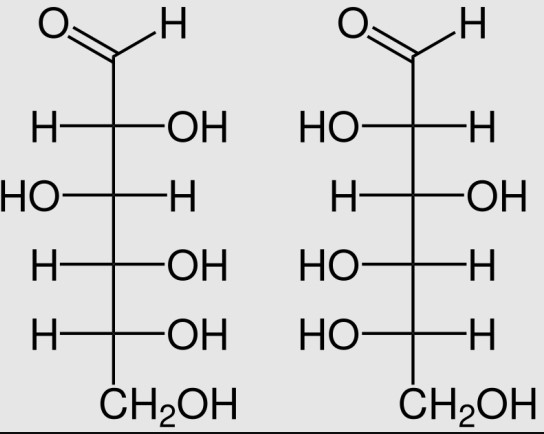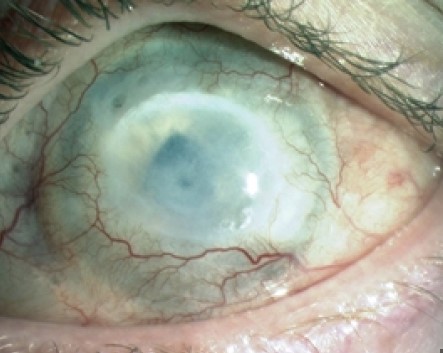Difference Between Tubular Reabsorption And Tubular Secretion
Are you interested to know more about Difference between tubular reabsorption and tubular secretion,which explains the two concepts in detail. Tubular reabsorption is the process by which essential compounds, such as glucose and amino acids, are moved from the lumen of the nephron back into the blood stream, while tubular secretion is the process whereby substances like potassium and hydrogen ions are transported out of the blood stream and into the lumen within the nephron.

